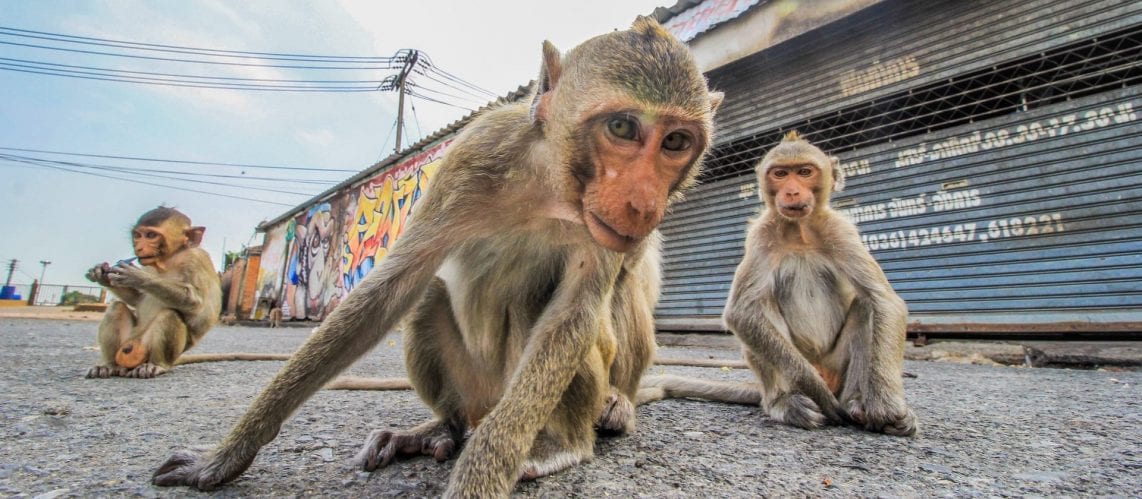Saraiva, Tiago. “Fascist Pigs: Technoscientific Organisms and the History of Fascism.” MIT
Press Scholarship, The MIT Press, 10 May 2017, mitpress.universitypressscholarship.com/view/10.7551/mitpress/9780262035033.001.0001/upso-9780262035033.
About the Author:
Tiago Saraiva is an assistant professor at Drexel University, with a PhD in the History of Science from Universidad Autonoma de Madrid. He obtained his Bachelors of Science in Materials Engineering from Technical University of Lisbon. His research interests include science and fascism, science and global history, and life sciences and agriculture, among others. His current research focuses on science, food, and politics and connecting the three. This publication focuses mainly on genetics, food, and fascism. He has been a professor at Drexel since 2012, and was a research fellow and a visiting professor at UCLA and UC Berkeley prior. He also has at least 9 other published works, in addition to the one we are focusing on.
Type of Publication:
This chapter is part of a larger book which examines how the breeding of plants and animals affected Italy, Portugal, and Germany during their fascist regimes. The main focus of this chapter was to look at pigs and how breeding them to become the superior pig was to help sustain the German population. By being a book this author’s work is more available to the public and is more likely to be seen by the public as well.
Main Arguments:
Saraiva starts off this chapter of his book focusing on a man named Richard Walther Darre, who specialized in animal breeding (namely pigs) and served as the Chief of the Race and Settlement Office during World War I. He argued that “with no pigs, there were no true Germans” (Saraiva, 4). He used pigs to signify the differences between Germans and Jewish individuals during Nazi Germany, making it an issue of different biological origins, but also that of relations to the soil. Saraiva also draws food into the matter by acknowledging that Jewish academics attempted to reduce the size of the German pig herd in order to eliminate the race. He also discussed research, such as fattening testing, and how this test was performed to eliminate pigs that had lower body fat. The research presented by Saraiva served to show just how essential the pigs were to Nazi Germany, and how the fluctuations in their existence subsequently affected the German population.
Evaluate Arguments:
In the paper, the vast majority of the authors arguments are sustained with solid evidence. However, since the author is researching a very specific topic, there isn’t a whole lot of information about it so that also has to be taken into account. The author can talk about the history involved in his main point, but other than that, there is no real research to use that will agree or fully support the main argument. That being said, the arguments do seem to be backed up rather well. This is the first reading, that I have read in this class, that uses so many pictures and graphics, but also well. Throughout the paper (pages 1-21), there are citations everywhere, but they are well placed and back up the main points. In the last part of the paper, there is a lack of citations compared to earlier. This is mainly due to the fact that the author “ want[s] to make a brief commentary related to the buildings..” (22). Although there isn’t much research in this section, it is understandable as the author is trying to make a commentary, but in our opinion, it doesn’t seem as strong compared to the areas with research.
Compare & Contrast:
This chapter can be compared to the film Dominion which shows the many horrors of factory farming and specifically how the animals are treated in these factories. Minus the difference in technology, there is a large difference between these two different methods towards farming pigs. In the film we see many pigs locked in tiny cages to the point where they can barely move and have to be exercised once daily to keep them “healthy”. In this case the factory farmers are looking for quantity. In the chapter however, the breeders would track weight, growth, litter sizes, and fat to meat ratios of their pigs to selectively breed lines of pigs which would give the maximum output for the breeders. Here they heavily enforce the quality, not quantity, of the pigs.
New Questions:
During the reading, I was constantly questioning if this was where factory farming came from. This seems like the earliest example, that I have read, that really focuses on the industrialization of meat and animal agriculture. By evaluating this reading further, one could hope to study the significance of this system and what it meant in terms of the modern factory farm. Could this system have paved the way for the modern factory farm? Were the findings in some of the experiments conducted responsible to why animals used for meat are fed corn, soy, etc?
